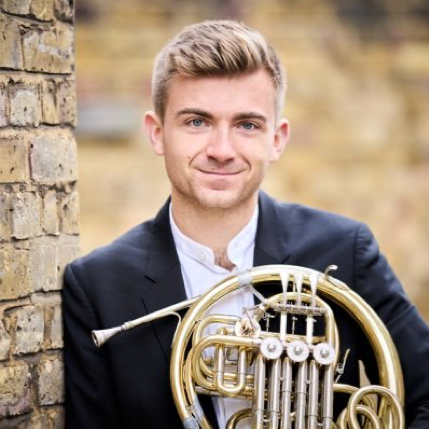Vocalise Rachmaninov
2nd Piano Concerto Rachmaninov Soloist: Christopher Weston
Symphony No 9 Dvorak
‘From the New World’
In one respect, Dvorak and Rachmaninov benefitted from the American Dream – they both made far more money in the States than they would ever have done at home. Yet both were ambivalent about the experience – after settling in the US, Rachmaninov produced no major works other than the Paganini variations, earned his living as a virtuoso performer and spent much of his time with fellow exiles, while Dvorak’s New World Symphony is partly about yearning for his homeland.
To celebrate the 150th anniversary of Rachmaninov’s birth, it was great to hear such spirited, accomplished and sensitive performances of two of his most well-known works which demonstrate why he is perhaps the last of the romantic ‘greats’. In the Vocalise, the upper strings produced a tone which was both sweet and remarkably strong in sustaining the melancholic melody, with exquisite tuning and just the right level of vibrato. Andrew Lowen achieved real variety in the string ensemble with subtle gradations in tone and a texture which never became dull or too thick, while there was gentle, sympathetic support from the woodwind and horns.
Christopher Weston responded superbly to the technical demands of the concerto. There was dramatic power to the chordal passages, an exciting, jagged energy to more rhythmic sections while the almost impossibly difficult runs, trills and arpeggios were handled with consummate ease and clarity – there was no danger of the handful of wrong notes which can mar some performances. He produced beautifully expressive, sustained playing in the lyrical sections of the first movement, without any hint of romantic self-indulgence, while in the second he evoked a sublimely simple calmness with an almost Mozartian precision which only enhanced the emotional appeal. In the third movement, real pianistic delicacy contrasted with power and technical prowess to wonderful effect and the impressive short cadenza-like section showed off his skills to the full. What a fine young pianist he is! The relationship between soloist and orchestra was expertly handled, with a rich string tone (especially from the violas), and some beautiful playing from the woodwind, either as soloists or as an ensemble. There was crisp rhythmic definition, with dramatic changes of tempo, and the piano and orchestra worked as one, the soloist’s part often emerging from orchestral tuttis. The brass playing was tightly executed, particularly in some thrilling chordal sequences, and while the balance between soloist and orchestra was generally good, I felt that the piano was occasionally slightly overwhelmed. This however is a minor criticism of a controlled performance by fine musicians, in which soloist and orchestra each respected each other’s role: how good it is to hear a soloist working with rather than against an orchestra!
The skills of both orchestra and conductor were demonstrated to the full in the symphony which makes tremendous demands of all sections. Strings and woodwind produced a wonderful dark sonority at the start, and Andrew Lowen’s clear conducting, undertaken with an obviously ebullient pleasure, ensured effective changes of tempo and tonal colour. Rhythmic energy balanced lyrical playing, especially from the strings, and the full orchestral sections were just thrilling. The cor anglais solo in the second movement was hauntingly beautiful, played with great breath control and supported by subtle string playing, contrasting with some precise, spikey woodwind passages. The third movement had great life and energy, though occasionally the rhythm and tuning were slightly ragged. As in other movements, there was some impressive flute, oboe and clarinet playing. The varied orchestral colour of the final movement showed how well disciplined this orchestra is, with all sections listening to and balancing each other – the great crescendos and climaxes were genuinely moving.
It was delightful to see the concert-hall nearly full for this impressive concert. To perform such well-known works involves a risk in enhancing the expectations of an audience, but players, soloist and conductor proved themselves worthy of the challenge. For me, this was a memorable evening of dramatic and hugely enjoyable music-making by top-quality musicians.
Jonathan Watts




